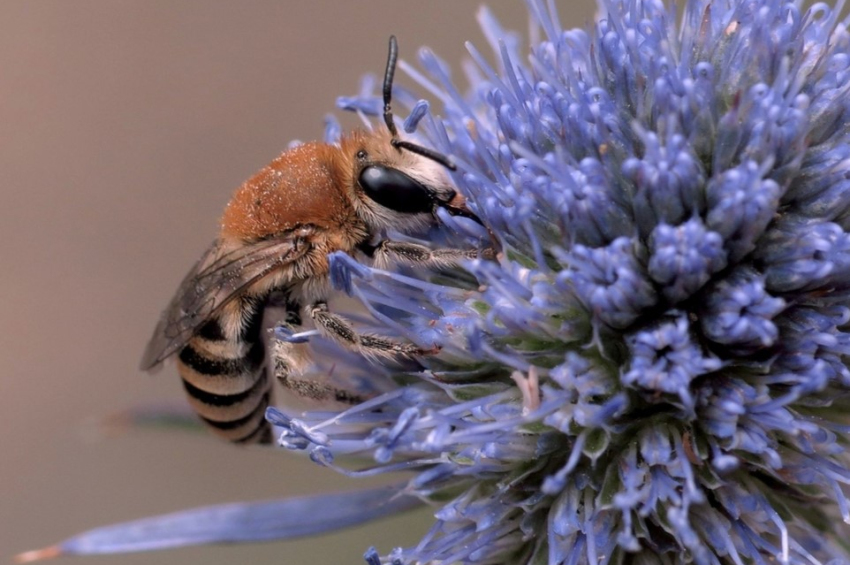Wild bees formally declared “a species at risk of extinction” in E.U.
In a stark warning to governments, farmers and conservationists, the International Union for Conservation of Nature (IUCN) has announced that wild bees in the European Union are now officially classified as a group facing extinction risks.
According to the IUCN’s latest European Red List update, at least 172 out of 1,928 assessed wild bee species — roughly one in ten — are now considered threatened, with devastating effects for the continent.
Human activities kill bee populations
This year’s findings mark a dramatic escalation: in 2014, only 77 bee species were on Europe’s threatened list. In just over a decade, that number has more than doubled.
The same assessment also notes that 15% of European butterfly species and 37% of hoverfly species are now flagged as at risk.
More to read:
As insect populations decrease, wildflowers started pollinating themselves
The IUCN describes a litany of mounting pressures: habitat loss and fragmentation (especially through agricultural intensification, land abandonment, drainage of wetlands, overgrazing), widespread use of pesticides and fertilizers, nitrogen deposition, and the accelerating impacts of climate change.
IUCN director general Grethel Aguilar stressed the urgency, “Beyond their beauty and cultural significance, pollinators like bees and butterflies are lifelines for our health, our food systems and our economies.”
In Europe, wild bee declines pose a direct threat to ecosystems and agriculture: as many as 90% of flowering plants in the region depend on animal pollinators.
As bees disappear, so do the intricate networks that support wildflowers, meadows, and crop yields.
More to read:
Earth’s amphibian population is driven to extinction
While the announcement focuses on European bees, the warning resonates globally. Pollinators are facing declines nearly everywhere. Scientists estimate that up to 40% of insect pollinators globally are threatened.
Simpanurgus phyllopodus, a mining bee species unique to the continent, is now assessed as critically endangered, putting it perilously close to extinction.
Domesticated bee colonies can’t substitute wild bees
One might assume that managed honeybee colonies (the ones beekeepers tend) could substitute for wild bee populations, but experts caution this is a dangerous assumption. While domestic bees are under close human care, wild bees often cannot be replaced by managed colonies, especially in terms of ecological resilience and the pollination of local plant species.
More to read:
Chernobyl frogs adapted to high radiation exposure
Researchers point to several complicating factors. One is the sensitivity to land-use change and fragmentation: wild bees often depend on diverse floral resources in patchy landscapes. Loss of meadows and semi-natural habitat hits them hard.
Pesticide exposure is another major trouble - while neonicotinoids have been restricted in the EU, systemic insecticides and other agrochemicals continue to affect bees’ health.
An climate change has an impact too. Warming, changing rainfall patterns, drought and extreme weather events are altering habitat suitability, especially for colder‐adapted species like bumblebees.
E.U struggles to protect bees
The European Union has already committed to reversing pollinator decline by 2030 through its Nature Restoration Regulation and other biodiversity policies. Suggested strategies include restoring flower‐rich habitats and reconnecting fragmented landscapes; incentivizing pollinator-friendly farming; stronger monitoring systems; as well as public awareness and citizen science to engage local communities in bee conservation and habitat restoration.
The loss of wild bees is not just an environmental issue, scientists warn — it’s a signal that ecosystems are unraveling. The collapse of pollination services would severely ripple through food systems, biodiversity and human livelihoods.






